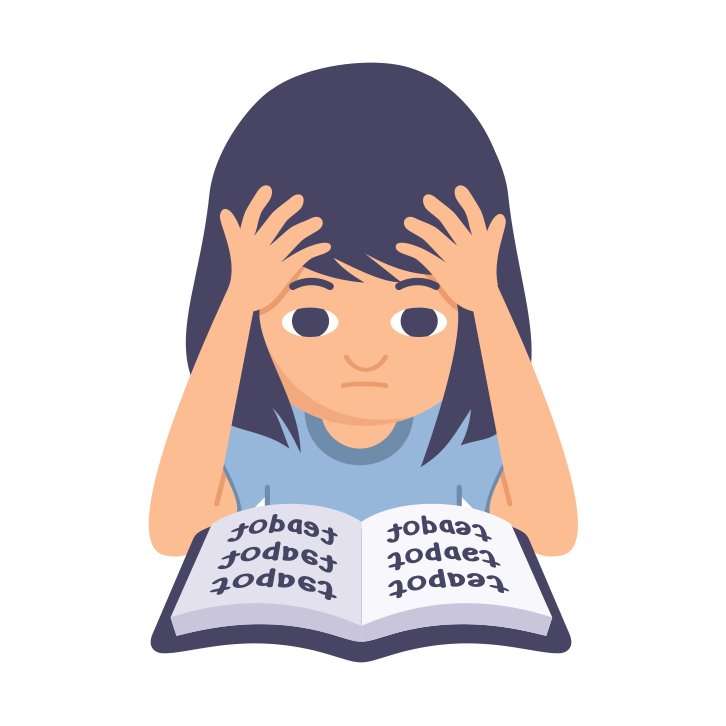Dyslexia Testing
dyslexia is defined as ‘a dysfunction in reading’ - which can result in struggle in a child’s schoolwork activities.
At Kiddies, we understand the association between reading and vision, so it is always imperative to ensure that a child’s struggle is not an undiagnosed visual issue that resembles dyslexia. In this case, very frequently their reading difficulties are easily corrected by the use of visual aids, such as glasses or contact lenses, as their visual skills were the original cause of their problem. For this reason, a comprehensive eye examination is essential for any child who is suspected to have dyslexia or any other perceived learning difficulty.
DDT Dyslexia Assessment
After a comprehensive eye examination ruling out vision-related learning difficulties, Kiddies also offers the option of the DDT Dyslexia Assessment. As Behavioural Optometrists, whilst we cannot diagnose your child with dyslexia (this is something a psychologist will be able to do), we are able to use this assessment to advise you on how your child best learns and some recommendations on how to manage their visual difficulties, as well as any optical solutions which may improve your child’s eye tracking, teaming, focus and coordination - and may consequently assist in their learning.
This test involves written, reading and verbal components and will assist in determining the three fundamental types of dyslexia and its seven permutation patterns.
The test is in three parts; the first one involves checking for written reversals of numbers and letters. The second part tests the mode of decoding words: eidetic or phonetic. The third and last part consists of assessing whether encoding is eidetic or phonetic.
The three fundamental types of dyslexia:
Dysnemkinesia (motor)
This represents a deficit in remembering how to perform the movements required for writing.
For example:
The student will make reversals such as writing ‘b’ instead of ‘d’.
Dysphonesia (auditory)
This represents a deficit in the ability to sound off, syllabicate, pronounce and distinguish sounds of any unfamiliar words.
For example:
The student reads ‘house’ instead of ‘home’.
The student writes ‘aminal’ instead of ‘animal’.
Dyseidesia (visual)
This represents a deficit in the ability to recognise whole words by sight and match them to whole-word sounds.
For example:
The student reads ‘ball’ instead of ‘bell’.
The student writes ‘enuf’ instead of ‘enough’.
We readily co-manage children with dyslexia or children who have not been formally diagnosed with other healthcare professionals such as psychologists, speech pathologists, health practitioners and teachers and can make referrals where necessary to assist them in meeting the learning challenges that they face.

